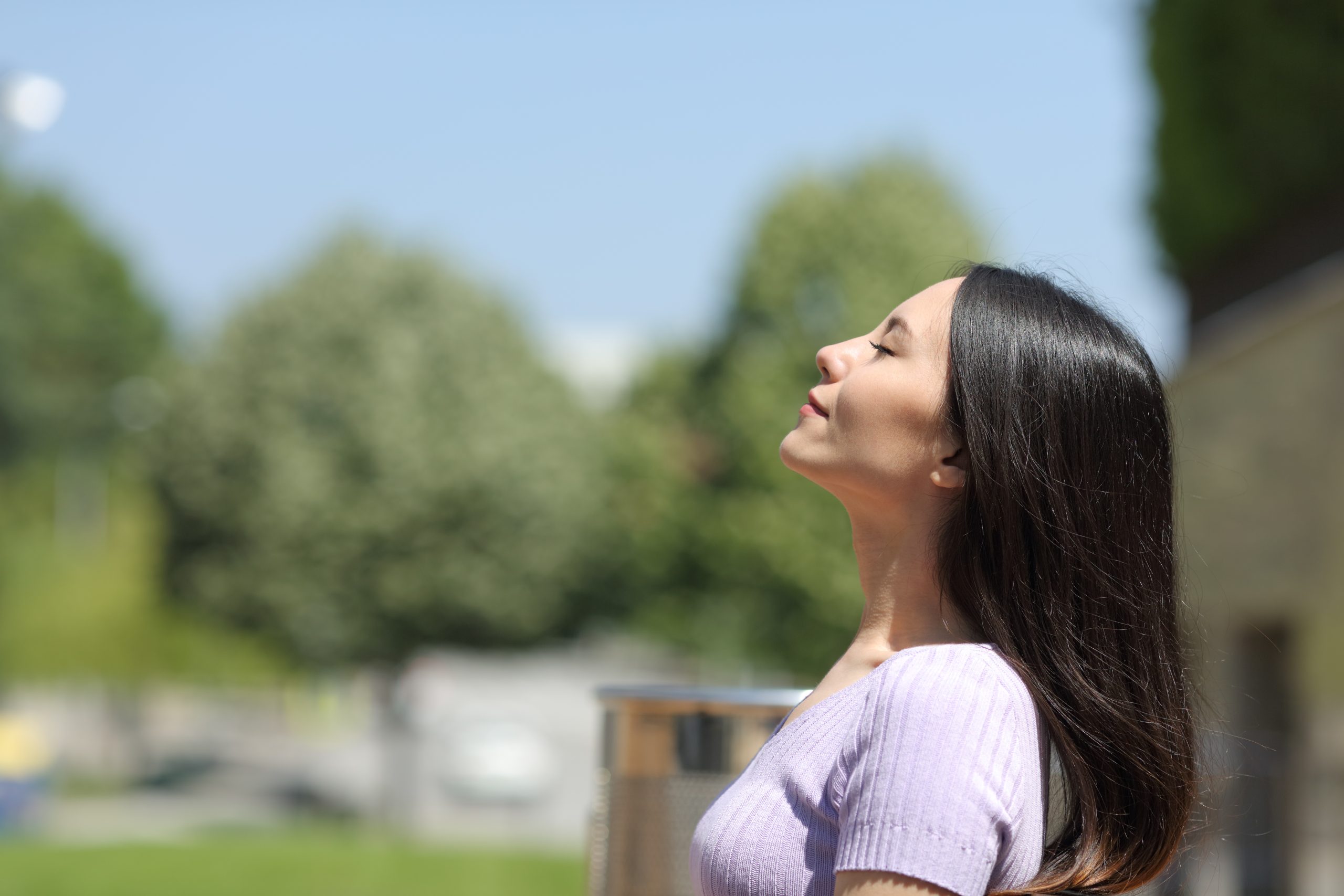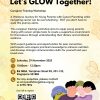Are there times you get so embroiled in your busy lifestyle that you forget to take a break? While it is impossible to avoid stress in our daily lives, we can find ways to manage it. Relaxation techniques are one of the great ways in managing stress. Relaxation helps to decreases the side effects of stress, as we refocus our attention on something that aids in calming our mind and body.
In this blog, we will be sharing four different type of relaxation techniques to manage stress.
Relaxation technique #1: Deep Breathing Exercise
Deep breathing exercise helps us to focus on slow and steady breathing, while creating a safe space from distracting thoughts and sensations that we may experience. Deep breathing also encourages full oxygen exchange that helps to stabilize and slow down the heartbeat, making us feel relaxed.
- Step 1: Find a quiet spot, and a get into a comfortable position (either lying down or sitting)
- Step 2: Close your eyes
- Step 3: Take a few normal breaths and focus on each breath
- Step 4: Try taking deeper breaths by breathing in slowly through your nose, allowing your chest to expand as you fill your lungs
- Step 5: Now, breathe out slowly through your nose.
- Step 6: Repeat step 3 and 4 for a few more times
- Step 7: When you’re ready to end the exercise, you can gently open your eyes.
Relaxation technique #2: Grounding Technique
Grounding technique is an exercise that helps us to bring our awareness to our present as we disengaged ourselves from our distracted thoughts. This relaxation technique directs our attention to our present surrounding using each of our senses (sight, sense, hear, smell and feeling).
- Step 1: Acknowledge FIVE things you can see
- Step 2: Acknowledge FOUR things you can touch
- Step 3: Acknowledge THREE things you can hear
- Step 4: Acknowledge TWO things you can smell
- Step 5: Acknowledge ONE emotion you can feel
Relaxation technique #3: Body Scan
Body scan helps us to release physical tension that we might be experiencing without realizing it. Sometimes, we can get too busy with our hectic lifestyle that we may not even notice the physical discomfort (headache, tense muscles) that we may have. Body scan is one of the effective exercises that helps us to heighten our awareness and bring relief to both our body and mind.
Note: You need not change anything, the focus of this exercise is to notice how each part of your body feels, as you scan down each part of the body.
- Step 1: Find a quiet spot, and get into a comfortable position (either lying down or sitting)
- Step 2: Take a few deep breaths through your nose and out through your mouth.
- Step 3: Begin by bringing your attention to the top of your head. Observe the sensations in your head. Acknowledge the emotions and thoughts if you notice any discomfort you have.
- Step 4: Repeat step 3 as you continue to scan down through the body, all the way to the toes.
- Step 5: When you have completed your body scan, count to 3 and slowly open your eyes.
Relaxation technique #4: Guided Imagery
Guided imagery is a relaxation technique that helps to promotes a calm mind by focusing on peaceful and soothing setting (eg. object, scenario, sound). Our body and mind are interconnected. For example, when we think of a stressful environment, our body will become tense (e.g. heart beat increase, sweaty palms). However, if we focus our attention on soothing scenarios, our mind and body will be more relaxed and calmer. Therefore, this technique intentionally refocuses our mind to concentrate and relax.
- Step 1: Find a quiet spot, and get into a comfortable position (either lying down or sitting)
- Step 2: Take a few deep breaths through your nose and out through your mouth.
- Step 3: When you start to feel more relaxed, imagine a relaxing or a soothing scene (e.g. seaside)
- Step 4: Picture yourself in the scene as you immerse in the sensory details with your senses.
- Step 5: Visualize the sounds, scents, and sensations of this calming and peaceful scene.
- Step 6: Feel relaxed in this scene for the next 5- 10 minutes
- Step 7: When you are ready, slowly open your eyes
Practise it!
There is no one-size fit all technique. Hence, it may take time to discover which relaxation techniques work best for you. Therefore, be patient with yourself as you explore the different options. Spend some time to practice the techniques that you are comfortable with on a daily basis. As with any skills, we improve with constant practice. The more we practice these relaxation techniques, the greater they help in managing stress.






